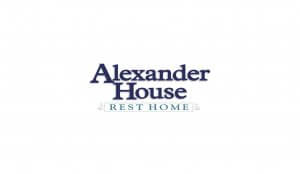The Draft Moving and Handling guidelines are currently being finalised with the view to be implemented from December 2017. Developed by Worksafe, they cover Health and Safety at Work Act 2015 (HSWA) duties and risk management for PCBUs in the health care industry and supersede the 2012 guidelines. There are a range of factors noted in these which need to be taken into consideration for those building new facilities or doing refurbishment of existing facilities. There is also a raft of information on Bariatric Care which is an increasing part of the services being provided in residential care.
The draft guidelines include the following:
Please note that there is not a complete consensus on the criteria for classifying a person as bariatric based on weight or Body Mass Index (BMI). However some examples include those people:
– with a body weight greater than 140 kilograms.
– with a BMI greater than 40 (severely obese), or a BMI greater than 35 (obese) with co‑morbidities.
– with restricted mobility, or is immobile, owing to their size in terms of height and girth.
– whose weight exceeds, or appears to exceed, the identified safe working loads (SWLs).
Health risks for bariatric clients
People who have been bariatric for a considerable time face chronic and serious health conditions, many of which should be considered before moving or handling them. Health conditions to take into account include:
– skin excoriation
– rashes or ulcers in the deep tissue folds of the perineum, breast, legs and abdominal areas
– fungal infection
– bodily congestion, including causing the leaking of fluid from pores throughout the body, a state called diaphoresis, which makes the skin even more vulnerable to infections and tearing
– diabetes
– respiratory problems
– added stress to the joints, which may result in osteoarthritis.
Planning for bariatric clients:
The planning process for bariatric clients in order to reduce moving and handling risks should include:
– admission planning
– client assessment
– communication
– room preparation
– mobilisation plan
– equipment needs
– space and facility design considerations
– planning for discharge.
Facility and equipment needs for bariatric clients
Health care and other facilities providing care for bariatric clients need to provide adequate spaces for these clients. Some considerations could include:
– ramps and handrails at entrances
– bariatric wheelchairs
– that the facility’s main entrance has sufficient clearance
– adequate door clearance and weight capacity in lifts
It must be remembered that the above comes from a draft but as drafts often end up being very close to the finished document, I felt it timely to share this information. To read more on Health and Safety in the Workplace go here.




